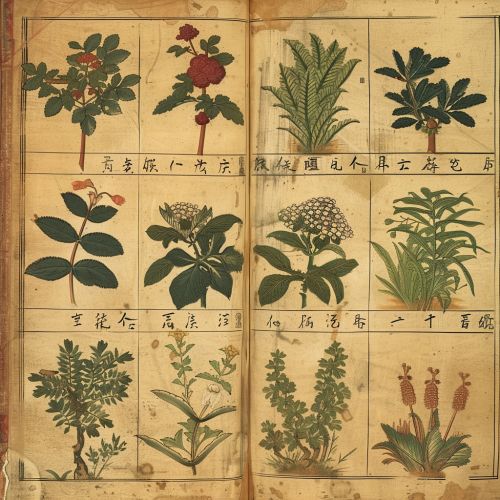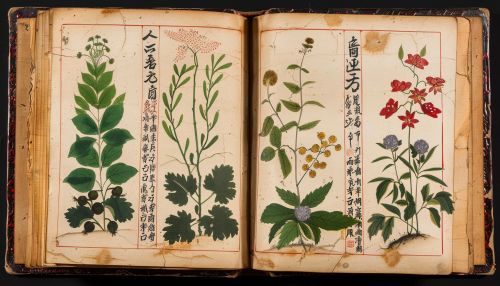Shennong Ben Cao Jing
Introduction
The Shennong Ben Cao Jing (神农本草经), also known as the "Divine Farmer's Classic of Materia Medica," is one of the earliest and most significant texts in the history of Traditional Chinese Medicine (TCM). Traditionally attributed to the mythical figure Shennong, who is said to have lived around 2800 BCE, this ancient pharmacopoeia is a foundational work that has influenced the development of herbal medicine in China and beyond.
Historical Context
The Shennong Ben Cao Jing is believed to have been compiled during the Han Dynasty (206 BCE – 220 CE), although its origins likely date back to earlier oral traditions. The text is a compilation of herbal knowledge that was passed down through generations, reflecting the empirical observations and experiences of early Chinese herbalists. The work is divided into three volumes, each containing detailed descriptions of various medicinal substances.
Structure and Content
The Shennong Ben Cao Jing is organized into three volumes, each focusing on different categories of medicinal substances:
- **Upper Grade (上品, Shangpin)**: This section includes 120 herbs that are considered non-toxic and beneficial for long-term use. These herbs are primarily used for tonification and overall health maintenance.
- **Middle Grade (中品, Zhongpin)**: This section contains 120 herbs that have both therapeutic and toxic properties. These herbs are used to treat specific diseases and conditions but require careful dosage and administration.
- **Lower Grade (下品, Xiapin)**: This section lists 125 herbs that are more toxic and are used for acute conditions. These substances are potent and must be used with caution.
Key Substances and Their Uses
The Shennong Ben Cao Jing describes a wide range of medicinal substances, including plants, minerals, and animal products. Some of the key substances and their uses are as follows:
- **Ginseng (人参, Rénshēn)**: Known for its adaptogenic properties, ginseng is used to boost energy, improve cognitive function, and enhance overall vitality.
- **Reishi Mushroom (灵芝, Língzhī)**: This mushroom is prized for its immune-boosting and anti-aging properties. It is often used to promote longevity and overall well-being.
- **Ephedra (麻黄, Máhuáng)**: Used primarily for its stimulant and bronchodilator effects, ephedra is effective in treating respiratory conditions such as asthma and bronchitis.
- **Cinnamon (桂枝, Guìzhī)**: Known for its warming properties, cinnamon is used to improve circulation, alleviate pain, and treat colds and flu.
Influence and Legacy
The Shennong Ben Cao Jing has had a profound impact on the practice of Traditional Chinese Medicine. It laid the groundwork for subsequent pharmacopoeias, such as the Compendium of Materia Medica (本草纲目, Běncǎo Gāngmù) by Li Shizhen, which expanded and refined the knowledge contained in the Shennong Ben Cao Jing. The principles and classifications introduced in this text continue to inform modern TCM practices and herbal medicine research.
Modern Relevance
Today, the Shennong Ben Cao Jing remains a valuable resource for practitioners and researchers of Traditional Chinese Medicine. Its detailed descriptions of medicinal substances and their effects provide a historical foundation for understanding the therapeutic potential of various herbs. Modern scientific studies have validated many of the claims made in the text, demonstrating the enduring relevance of this ancient work.
See Also


